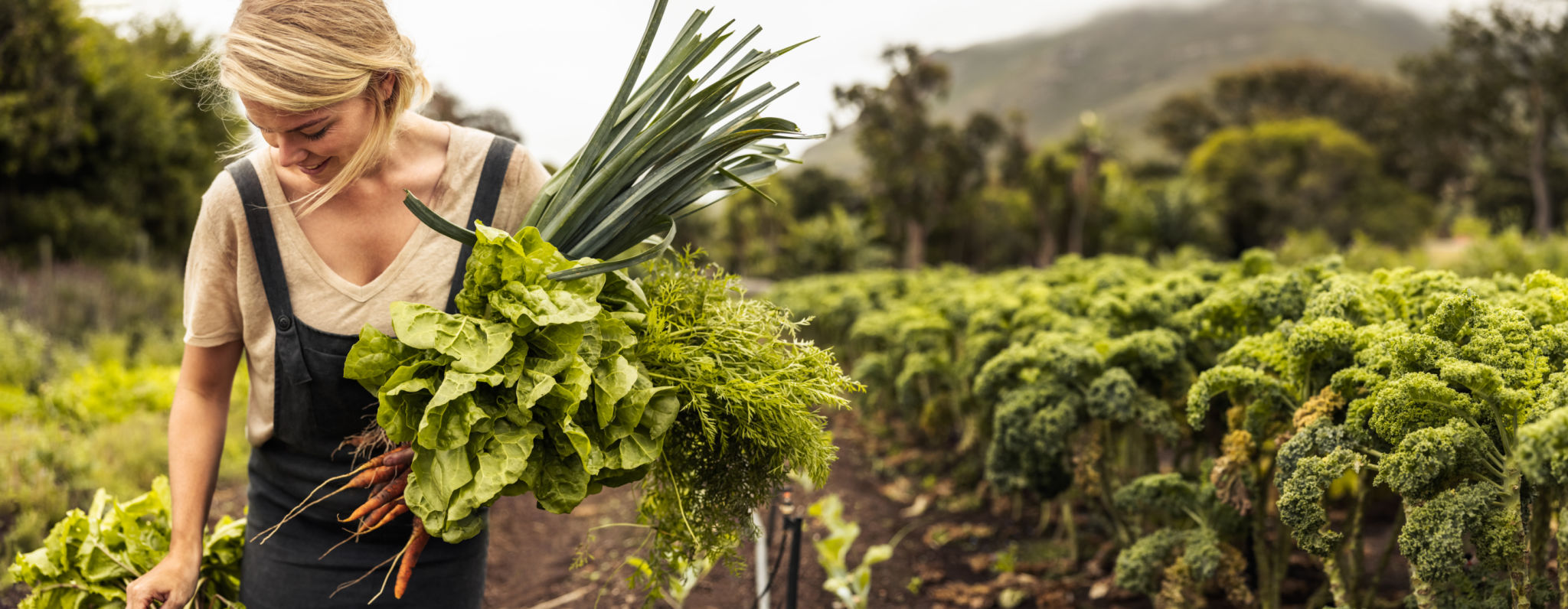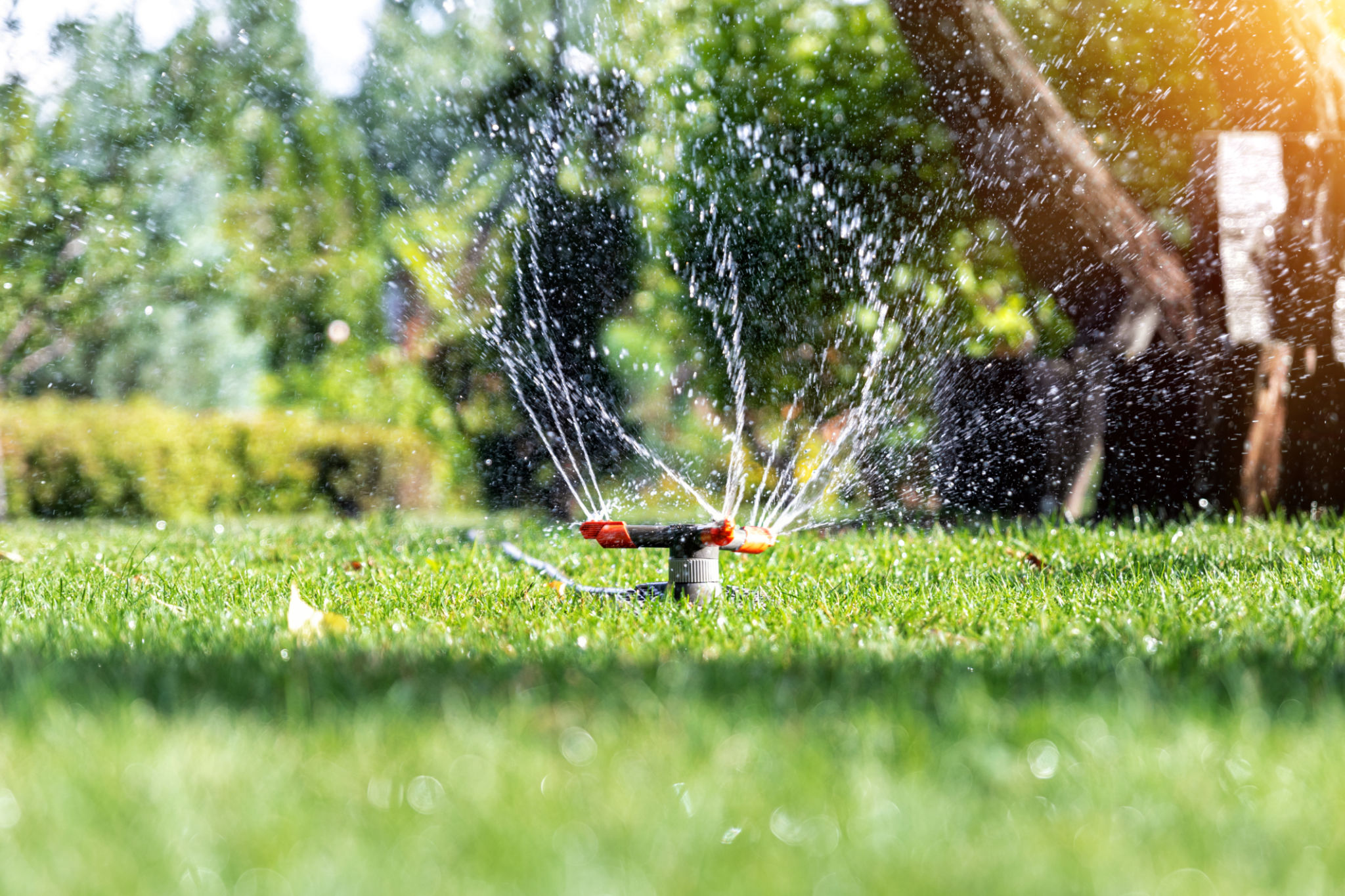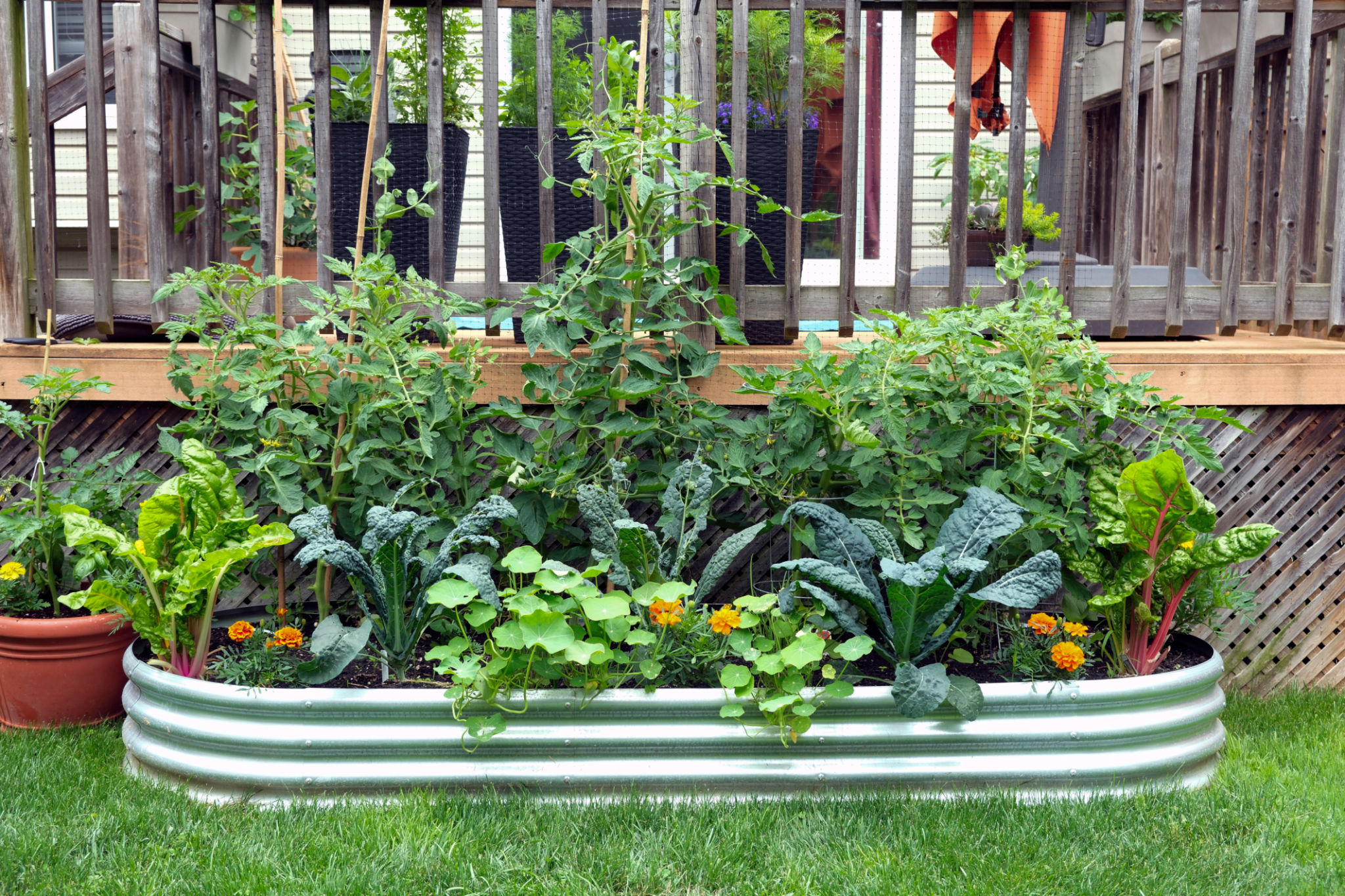Top Landscaping Trends: Innovations in Garden Design
Sustainable Landscaping
In recent years, sustainable landscaping has emerged as a significant trend in garden design. With growing awareness of environmental issues, homeowners are opting for gardens that are not only beautiful but also eco-friendly. This involves using native plants that require less water and maintenance, implementing rainwater harvesting systems, and opting for organic fertilizers.
Additionally, integrating features like permeable pavements and green roofs can help manage stormwater runoff, reducing the risk of flooding and erosion. These innovations not only enhance the aesthetic appeal of gardens but also contribute positively to the environment.

Smart Gardens
The advent of technology has ushered in an era of smart gardens, where connectivity meets horticulture. Gardeners are now able to monitor and manage their outdoor spaces using smart devices. Automated irrigation systems, soil sensors, and even robotic lawn mowers are becoming commonplace.
These technologies allow for precise control over watering schedules, ensuring plants receive the optimal amount of water without wastage. Moreover, smart lighting can be used to enhance the ambiance of outdoor spaces, creating a perfect setting for evening gatherings.

Edible Landscaping
Combining functionality with aesthetics, edible landscaping is gaining popularity among homeowners who want their gardens to serve multiple purposes. This trend involves incorporating fruit trees, vegetable beds, and herb gardens into traditional landscapes.
Not only does this provide a fresh supply of produce, but it also adds layers of texture and color to the garden. Raised beds, vertical gardens, and container planting are effective ways to maximize space in smaller yards.

Minimalist Designs
Minimalism continues to be a dominant trend in various design fields, and landscaping is no exception. Many homeowners are opting for clean lines, simple plant palettes, and uncluttered spaces that evoke a sense of tranquility.
This approach often involves using fewer plant species with a focus on form and foliage rather than flowers. Hardscaping elements like gravel paths, stone patios, and water features enhance the minimalist aesthetic, creating a serene outdoor retreat.

Wildlife-Friendly Gardens
Creating a wildlife-friendly garden is another trend that prioritizes biodiversity and conservation. By selecting plants that attract pollinators like bees and butterflies, gardeners can support local ecosystems.
Incorporating bird feeders, bat boxes, and insect hotels can further encourage wildlife to thrive in these spaces. These gardens not only provide habitat for animals but also offer a dynamic landscape that changes with the seasons.
Outdoor Living Spaces
The concept of extending indoor living spaces outdoors is becoming increasingly popular. Homeowners are designing their gardens to include areas for relaxation and entertainment, seamlessly blending nature with modern comforts.
This trend often features outdoor kitchens, fire pits, comfortable seating arrangements, and even outdoor movie screens. Such spaces allow for year-round enjoyment of the garden, making them an integral part of home life.
